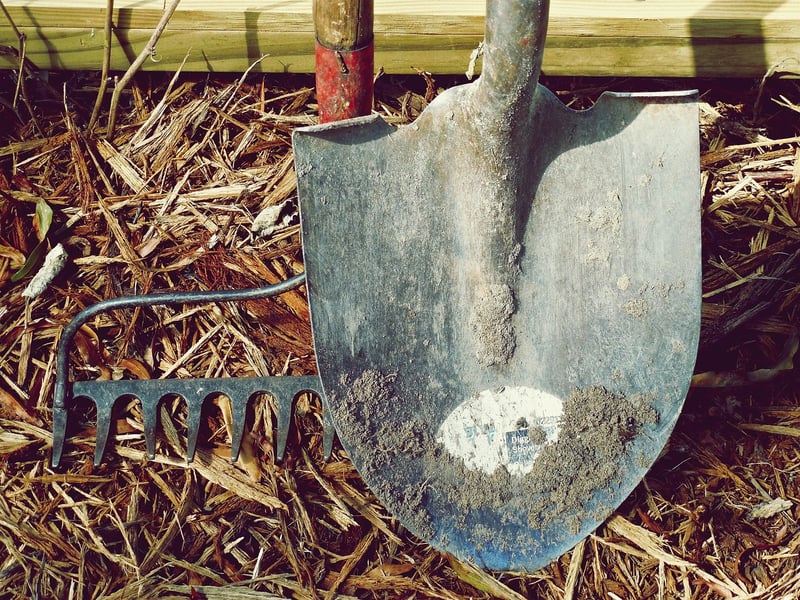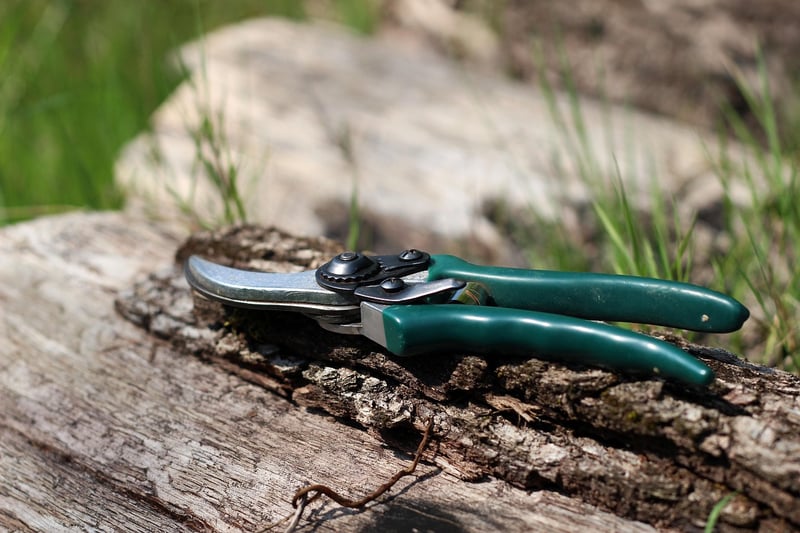Pruning guidelines
Keeping Your Garden Healthy: Pruning Guidelines
Welcome to our guide on how to keep your garden healthy through proper pruning practices. Pruning is an essential task that not only keeps your plants looking neat and tidy but also promotes growth and overall plant health. Here, we'll provide you with some guidelines to ensure your garden thrives with the right pruning techniques.
1. Why Pruning is Important
Pruning helps remove dead or diseased branches, improves air circulation within the plant, and encourages new growth. It also helps shape the plant and prevents overcrowding, which can lead to pest infestations or disease.
2. Tools You'll Need
- Pruning shears
- Loppers
- Pruning saw
- Gloves
- Protective eyewear
3. When to Prune
It's essential to prune at the right time to avoid damaging the plant. Generally, prune flowering shrubs right after they bloom, prune deciduous trees in late winter or early spring, and prune evergreens in late winter.
4. How to Prune
Make clean cuts at a 45-degree angle just above a bud. Remove any dead, damaged, or crossing branches. For shrubs, prune back about one-third of the oldest branches to the base to encourage new growth.
5. Caring for Your Tools
After each use, clean your tools with warm, soapy water, dry them thoroughly, and apply a light coat of oil to prevent rust. Sharp tools make clean cuts and reduce the risk of disease transmission.

6. Conclusion
By following these pruning guidelines, you can ensure your garden remains healthy and vibrant throughout the year. Remember to prune with care, using the right tools and techniques specific to each plant type. Happy pruning!
For more gardening tips and tricks, feel free to explore our website.
References: Gardening Know How
